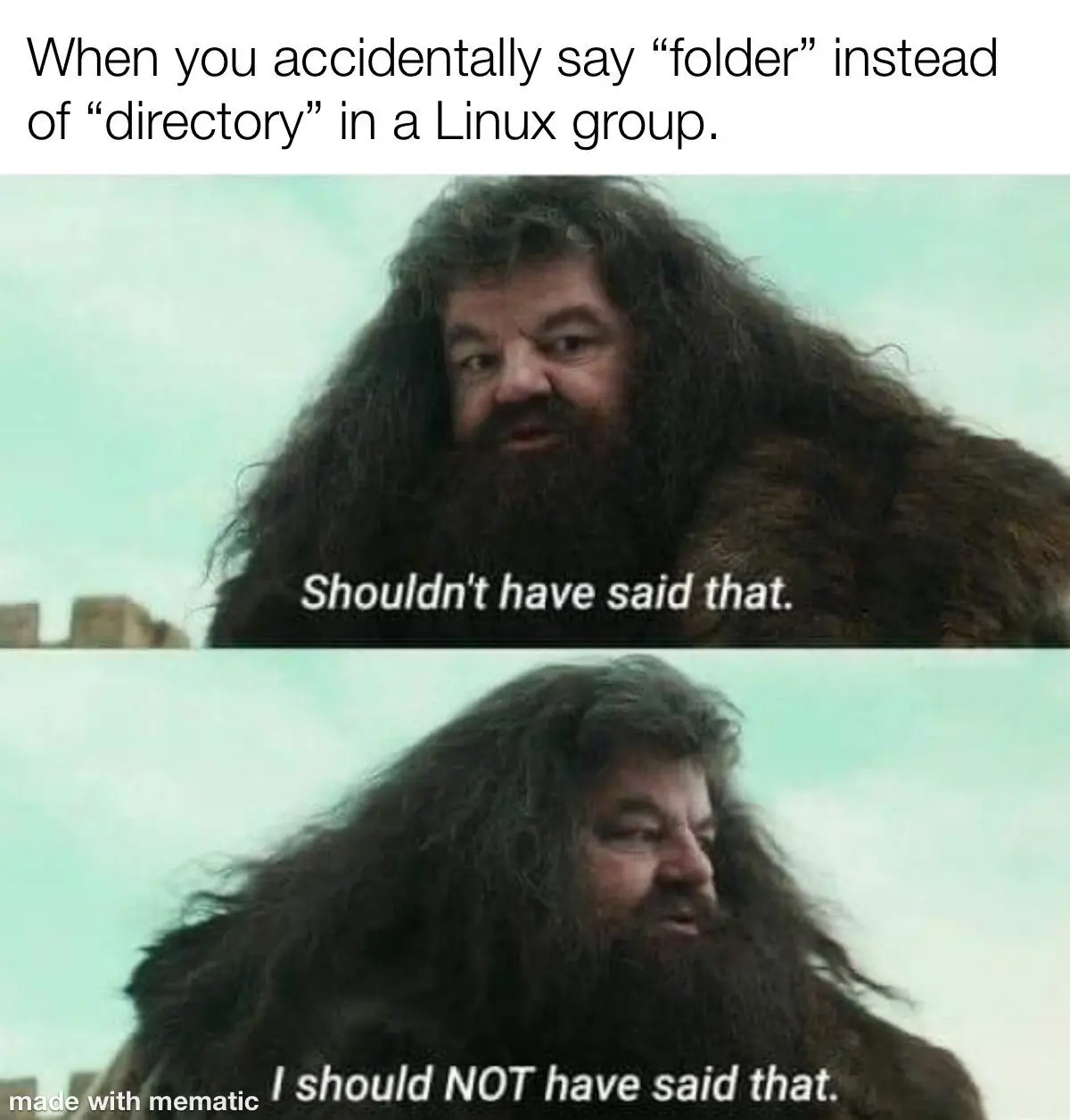I have a NTFS drive for Storage, which is shared between Win 11.
I want to change the location of (or replace) ~/Downloads, ~/Music, etc..,.
Note that the link to made is between NTFS and EXT4.
I found two ways while searching.
1.Creating **Symlinks** in `~` with target pointed to folders in NTFS drive.
2. **Mounting** the NTFS folders **directly** to`~/Downloads`, `~/Music`, etc..,.
Which one should I do? Which one is more beneficial?
Also how to mount folders to other folders (option 2) ? (I would really appreciate a GUI way)
I know this is not that important of a thing to post on Main Linux Community, but I already asked 2 linux4noobs community, and they are empty.
This is a continuation to my previous discussion, where most of the people said,
-
It doesn't matter where I mount.
-
Mount certain folders directly into home other. (like mounting
/mnt/data/musicto~/music)
Folders? you mean directories 👀
Mount the disk (if you ask me at
/media/nameofdir) and configure${XDG_CONFIG_HOME:-~/.config}/user-dirs.dirs(99% of that time that would be the .config dir in your home lol) and define eachXDG_***_DIR=to the respective directory in the path of the mounted disk, no need to make symlinks, though you might need to because there is likely many apps that don't follow xdg specs.I would really appreciate a GUI way
I know gnome-disks has a GUI way to change the mount options, I don't know how good it is though.
Thank You.
would you suggest XDG or creating Symlinks?
Found this just for you.
Showhttps://lemmy.world/post/1352601
would you suggest XDG or creating Symlinks?
You can do both, and both are easy.
The
user-dirs.dirsfile contains something like this:XDG_DESKTOP_DIR="$HOME/Desktop" XDG_DOCUMENTS_DIR="$HOME/Documents" XDG_DOWNLOAD_DIR="$HOME/Downloads" XDG_MUSIC_DIR="$HOME/Music" XDG_PICTURES_DIR="$HOME/Pictures" XDG_PUBLICSHARE_DIR="$HOME/Public" XDG_TEMPLATES_DIR="$HOME/Templates" XDG_VIDEOS_DIR="$HOME/Videos"For example if you mount the disk in
/media/dirname, it would be something like this, I'm giving it aexternal-drivename in this example:XDG_DESKTOP_DIR="/media/external-drive/Desktop" XDG_DOCUMENTS_DIR="/media/external-drive/Documents" XDG_DOWNLOAD_DIR="/media/external-drive/Downloads" XDG_MUSIC_DIR="/media/external-drive/Music" XDG_PICTURES_DIR="/media/external-drive/Pictures" XDG_PUBLICSHARE_DIR="/media/external-drive/Public" XDG_TEMPLATES_DIR="/media/external-drive/Templates" XDG_VIDEOS_DIR="/media/external-drive/Videos"And for the symlinks, if the drive already has the
Desktop,Documents, etc directories. It is as simple as this:ln -s /media/external-drive/* $HOMEThat will symlink all the files in the drive to your $HOME
I suggest you do both because you might run into a program that doesn't follow XDG user directories.
Flatpak can sometimes complain when there's a symlink (Steam, in particular, does this) so you can use the symlink, but have to update XDG-USER-DIRS to point to the actual location. I wrote it up here: https://ideatrash.net/2024/07/howto-update-xdg-user-dirs-to-avoid-symlink-issues-with-flatpak.html
Seconding this. As it's a mount that is explicitly for your user, you might as well mount it where it's most convenient for you.
If, on the other hand, it was a mountpoint for the entire system, I'd keep it in /mnt and go the symlink route - I'm old fashioned, and I like to use /mnt for as much as possible. I find it more tidy that way. On that note, I'm not 100% sold on /media yet
Seconding this.
I'm sorry, but which one exactly?
As it's a mount that is explicitly for your user
So, mounting folders just do that for a single user whom created the mount point?


